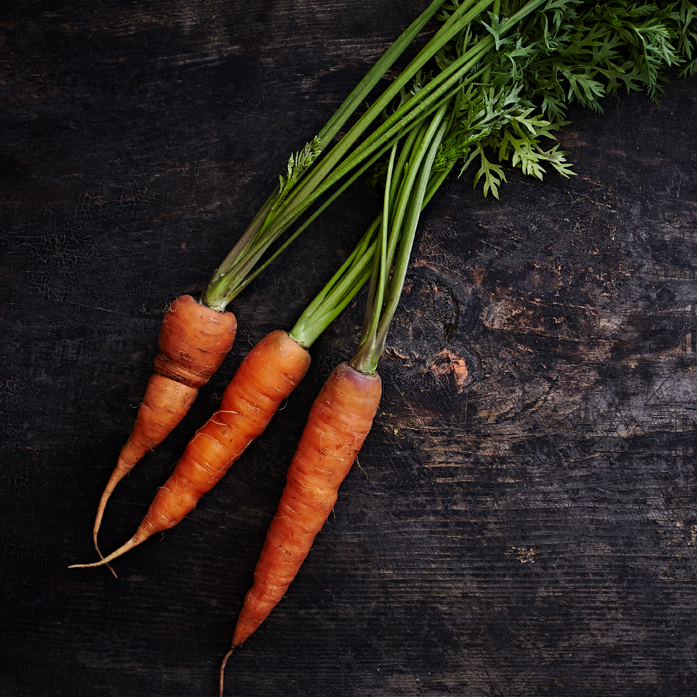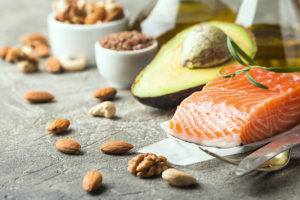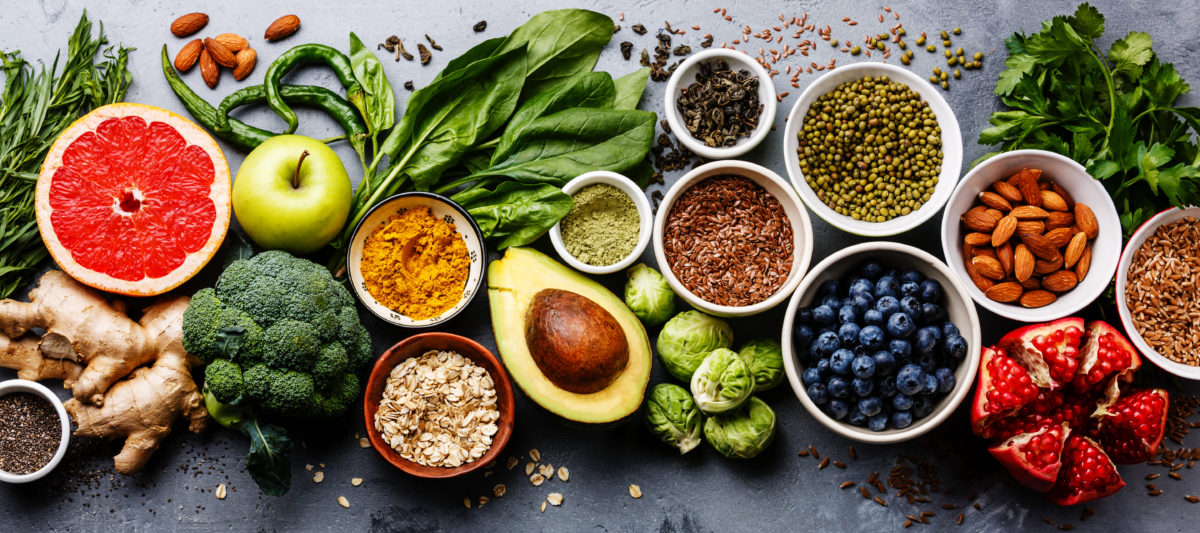How Nutrition Affects Eye Health
The old adage, “Prevention is the best cure” certainly appears to be true when it comes to nutrition and eye health. Studies have shown that the risk for eye problems such as cataracts, macular degeneration and diabetic retinopathy often can be reduced by paying closer attention to what— and how much — we eat.
Nutrition has an impact on eye health (No Surprises there…)
It’s no surprise that, one of the best ways to avoid eye and vision problems is to eat a healthful diet that includes plenty of fruits and vegetables, get plenty of exercise and watch your weight. Avoiding sugary drinks and highly processed foods and snacks, which can cause chronic inflammation and degenerative changes in the eyes and throughout the body, also are steps in the right direction.
But beyond these lifestyle changes, adding antioxidants to a diet is shown to improve eye health. Research has linked key nutrients to sustaining healthy eyes.

A Winning Combination: Vitamin C, Vitamin E and Beta-carotene
An important study called The Age Related Eye Disease Study (AREDS) found that adults at high risk for progressive macular (AMD) who supplemented their diet with a combination of vitamins C and E, beta-carotene (a plant pigment that our body converts to vitamin A), zinc and copper, had a 25 percent lower risk of developing advanced AMD. Based on the results of the AREDS study, many eye doctors recommend this combination of vitamins and minerals as a preventative measure to reduce the risk of macular degeneration, especially for people with a family history of AMD or have other risk factors for the disease. Many commercially available supplements contain this combination of ingredients, which commonly is called the “AREDS formulation.”
A follow up of the initial AREDS study, AREDS2, found that participants who had taken the AREDS formulation in the original AREDS study were 25-30 percent less likely develop advanced AMD than those who had been assigned a placebo when studied 5 years later.
Lutein and Zeaxanthin
Lutein (“LOO-teen”) and zeaxanthin (“zeeah-ZAN-thin”) are yellow pigments that occur in many plants and vegetables. The central part of the retina (macula) has the highest concentration of lutein and zeaxanthin in the body, and these pigments appear to have a protective effect against macular degeneration. Also, studies show that a diet high in lutein and zeaxanthin may reduce the risk for cataracts. Excellent food sources of lutein and zeaxanthin include kale, spinach, collard greens, corn and egg yolks.
Zinc and Copper
The mineral zinc has both antioxidant and anti-inflammatory properties that may help prevent macular degeneration and cataracts, especially when combined with other antioxidants like vitamins C and E. Because too much zinc can cause copper deficiency anemia, if you take a supplement that contains zinc, it also should include copper. Good dietary sources of zinc include oysters, crab, wheat germ, peanuts and dark chocolate.

Omega-3 Fatty Acids
As an essential part of a good diet, omega 3 fatty acids are help maintain a healthy nervous system, fuel cells and boost immunity. Research also shows that a diet high in the omega-3 fatty acids DHA and EPA may help prevent macular degeneration. Omega-3s may also reduce the risk of dry eyes. Excellent food sources of DHA and EPA include salmon, tuna, sardines and freshly ground flaxseeds. Fish oil supplements also help you get a good daily supply omega-3s.
Flavonoids
Flavonoids (also called bioflavonoids) are compounds found in fruits, vegetables and certain beverages that have both antioxidant and anti-inflammatory properties. They are believed to play a role in the prevention of cataracts. Quercetin is one of the most widely consumed flavonoids; it is found in apples, berries, nuts, tea and onions. Red wine also is a good source of many flavonoids.

What’s Next?
It’s possible that new combinations of nutrients other than the AREDS formulation may be even more beneficial in reducing the risk for eye problems. A follow up study on AREDS2 – AREDS2 10-Year Follow-On – aims to study former AREDS and AREDS2 participants to obtain more data on how certain nutrients affect the progression of AMD. The study is scheduled to begin in March 2018 and will continue through the end of 2019. In general, the best advice to give patients when it comes to maintaining healthy eyes and good vision is to eat a diet rich in fruits and vegetables and include at least two servings of fish per week.

